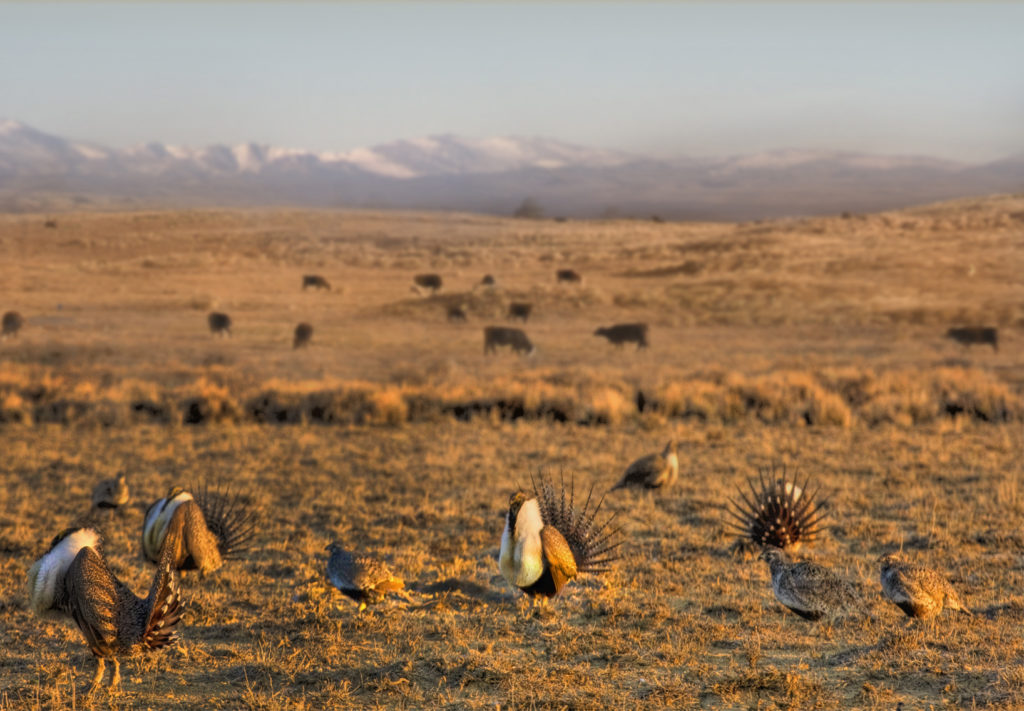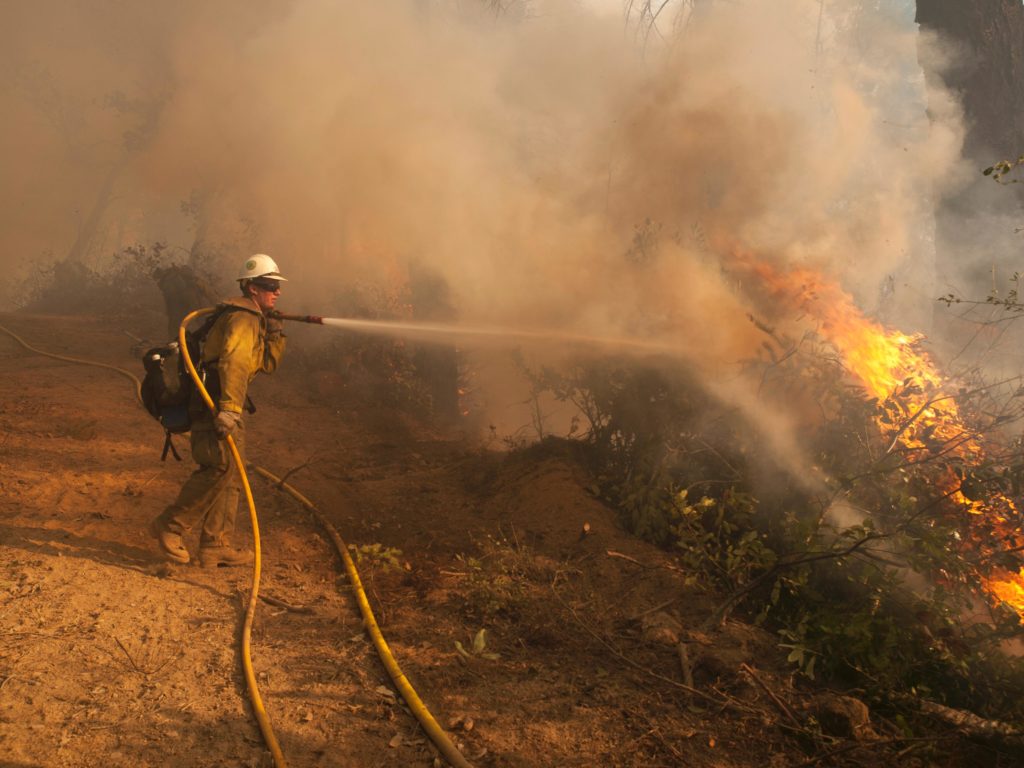Getting permission to hunt private lands can be a win-win situation for you and a conservation-minded landowner
The walk to a private landowner’s door to ask permission to hunt on his ground is always a quiet one. Today’s is no different, except for the crunch of gravel under my hunting boots. I fidget with my keys as I rehearse my opening line.
“Hello, sir. Can I have a minute to ask for permission to hunt on your property?”
I don’t get to the door. Craig Bare is sitting on a deck, enjoying drinks with company. His smile is friendly, his hands calloused. I botch the introduction, racing through my speech like a nervous teen asking for a date.
At its core, asking for permission like this is very intrusive. You are interrupting a person at their home—in my case, somehow, always during a meal—and asking to use their roads, gates, and crops. You offer little in return unless they’re charging a trespass fee. From their perspective, at best, you are an early-morning or late-night commotion in their quiet part of the world. At worst, you are the prospect of open gates, litter, and boorish behavior.
Their reception can easily be warm or hostile, especially if the landowner has been ill-treated in the past. Fortunately, on this windy September afternoon, Bare is all smiles. He said he is celebrating fall, Idaho style: well dressed and in the wind.
I’ve been hunting for pronghorn with a muzzleloader west of Idaho’s Mud Lake. I hold a unique tag, available to keep pronghorn from taking up residence on alfalfa fields that abut a 900-square-mile property owned by the U.S. Department of Energy (DOE), so I’m restricted to traditional weaponry only. The vast majority of the site is closed to hunting, giving elk, mule deer, and pronghorns a massive desert sanctuary, outside of which trophy-size animals can be found—so can conflicts between wildlife and landowners.
I ask Bare if I can cross his land and set myself up where the ever-skittish antelope leave the DOE property to feed in his green field. He not only gives permission but starts outlining the pronghorn routes he knows of and his neighbor’s boundaries. I meet three landowners during my hunt and all have the same basic instruction: Don’t clean the animals in the fields, park out of the way of heavy equipment, and if you have any problem with my neighbors, tell ’em I sent you.
Bare’s warm reception is especially encouraging because pronghorn have plagued Mud Lake farmers for decades. The relationship got so bad that in the late 1980s, agriculture interests lobbied the state legislature to overrule the Idaho Department of Fish and Game’s management plans and started a massive effort to trim antelope numbers.
Cooler heads ultimately prevailed. Fish and Game increased harvest limits and designed hunts, like mine, to keep pronghorns at bay. Programs to compensate landowners for crop losses were also bolstered. And the site expanded its trespass rules for hunters, allowing sportsmen to hunt just within the site’s boundaries.
Bare knows the history well, but he doesn’t see hunters—or antelope—as a problem. I thank him for the warm welcome and the access. “We want the same things,” he says as we prepare to part. “We want Idaho to stay Idaho.”
That night’s hunt is nearly perfect, except for the fact that the largest buck stays out of range. The chance is ultimately spoiled by my impatience. But I head back to the truck with the reassurance that hunters have powerful allies as we look to protect our heritage for decades to come. That is, perhaps, just as important as all the public land access in the world.
Later, my friend Jim Hardy teased me about my budding bromance with the farmer. All jokes aside, I am glad I mustered the courage to ask a favor of a private landowner. It could have ended poorly, but that day’s interaction was perfect. I made a friend and represented the best of hunters and anglers.






